There are many types of glass and several installation techniques to consider. Modern manufacturing techniques have produced glass to meet a number of specific needs. Some types of glass are required by law in certain situations, so check the building code. For example, wired or fireproof glass needs to be used in fire doors, and laminated or tempered glass in floor-to-ceiling windows. To install glass in wooden frames, you can choose between putty or glazing beads. Metal and vinyl frames often have special systems built into them.
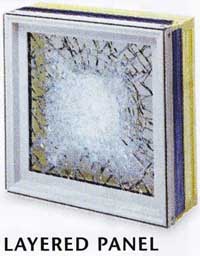
Shatterproof Glass: Impact-resistant glass is
designed to reduce hurricane damage. This glass has a rigid
laminate layer heat-sealed between two layers of glass, one of which
provides greatly increased rigidity and “tear” resistance. (LAYERED
PANEL).
TYPES OF GLASS
Standard glass:
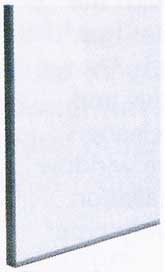
Float glass: Clear, “normal” glass. The perfectly flat finish
is created by floating the hot, liquid glass on top of molten tin.
Heat-efficient glass:
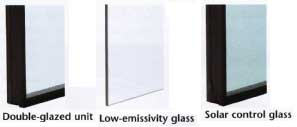
Double-glazed unit: Two sheets of glass have a layer of inert
gas sealed between them to provide heat and sound insulation.
Low-emissivity glass: A special coating lets heat from the sun in, but prevents warmth from escaping back through the glass. A common component of double-glazed units.
Solar control glass: Excessive heat from the sun is blocked from passing through the glass. This reduces heat build-up in buildings with large expanses of glass.
Strong glass:
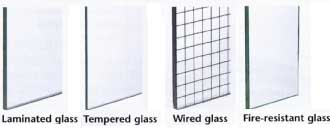
Laminated glass: Clear plastic bonded between layers of glass
produces a very strong product. If it does break, the plastic prevents
shards from flying.
Tempered glass: This glass is strengthened against impact, and shatters into granules rather than shards. It is commonly used in glazed doors.
Wired glass: The wire stops glass from shattering in high temperatures, so it's used in fire doors.
Fire-resistant glass: New fire-resistant glass isn't strengthened by wire but is just as strong, although expensive.
Specialty glass:
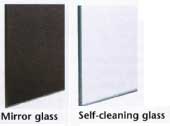
Mirror glass: To make household mirrors, normal float glass
is “silvered.” A reflective layer is applied to the back of the glass.
Self-cleaning glass: This glass has a special coating on its exterior surface that makes sunlight break down dirt. Rainwater washes any debris away.
Reduced visibility glass:
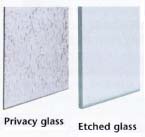
Privacy glass: Allows light in but distorts the view through
the glass. Commonly used in bathroom windows and front doors.
BUYING GLASS
Selecting the type of glass in your windows is an important decision. Depending on what part of the country you live, your windows may need to protect you from hurricane-force winds or from excessive heat. Often you can select windows with lower U-values for north-facing windows and low e-coatings for the other sides of the house. The U-value lets you know the window’s ability to insulate. There are two organizations that can help you choose windows and decide what type of glass is best in your region.
The National Fenestration Rating Council (NFRC) is a nonprofit collaboration of window manufacturers, government agencies, and building trade associations founded to establish a fair, accurate, and credible energy rating system for windows, doors, and skylights. If a window has the NFRC label, it has been rated by NFRC-approved testing laboratories and certified by independent inspection agencies. The label includes window U-factor and SHGC and additional performance ratings that include air leakage. Visit www.nfrc.org.
ENERGY STAR provides help for specific climate zones. Windows, doors, and skylights that have the Energy Star label have met requirements for the country’s four broad climate regions: northern, north/central, south/central, and southern. In addition, each Energy Star window must have the NFRC label, allowing comparisons of qualified products on specific performance characteristics such as infiltration. Visit www.energystar.gov.
TOOLS AND MATERIALS CHECKLIST
You'll need a BASIC TOOLKIT and for…
- Using putty: Putty, powder filler, glass, putty knife, pin hammer, glazing sprigs or pins, cloth, mineral spirit.
- Replacing wooden beads: Glazing silicone sealant, dispenser, glazing bead, pins.
- Installing double-glazed units: Packers, vinyl glazing beads.